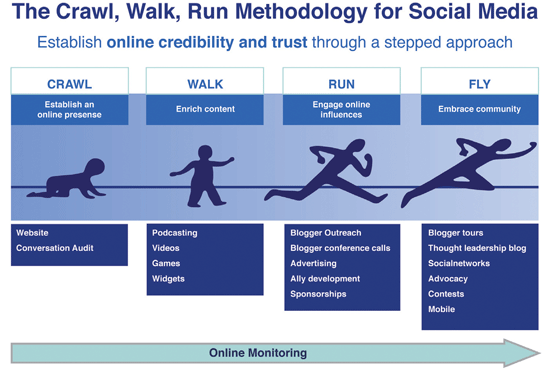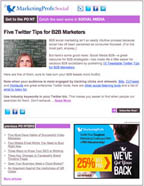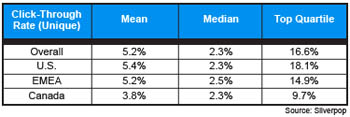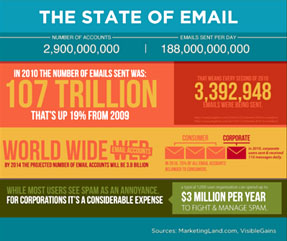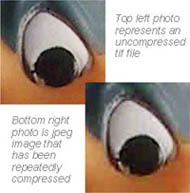 Is the value of brands on the wane? Check out “Twilight of the Brands,” James Surowiecki’s essay in this week’s New Yorker.
Is the value of brands on the wane? Check out “Twilight of the Brands,” James Surowiecki’s essay in this week’s New Yorker.
Surowiecki’s springboard: a sad, sad story – hilarious in its way for those who have been following it:
“Twelve months ago, Lululemon Athletica was one of the hottest brands in the world. Sales of its high-priced yoga gear were exploding; the company was expanding into new markets; experts were in awe of its ‘cultlike following.’ … But then customers started complaining about pilling fabrics, bleeding dyes, and, most memorably, yoga pants so thin that they effectively became transparent when you bent over. Lululemon’s founder made things worse by suggesting that some women were too fat to wear the company’s clothes. And that was the end of Lululemon’s charmed existence: the founder stepped down from his management role, and, a few weeks ago, the company said that it had seen sales ‘decelerate meaningfully.’”
The moral Surowiecki draws: “It’s a truism of business-book thinking that a company’s brand is its ‘most important asset,’ more valuable than technology or patents or manufacturing prowess. But brands have never been more fragile. The reason is simple: consumers are supremely well informed and far more likely to investigate the real value of products than to rely on logos.” [ Emphasis added. I’ll get back to the bit about logos…]
“For established brands, this is a nightmare. You can never coast on past performance…”
Surowiecki is one of the sharpest business and econ commentators out there these days. This time, he comes close to missing the important point – and buries the real lede.
Here’s where Surowiecki’s essay goes wrong, IMHO: A brand isn’t mere cosmetics. Your brand is who you are – not simply who you say you are or who people think you are or remember you as having been, once upon a time.
You can’t separate brand from “the real value of products” – or from how you actually do what you do.
 Sure enough, you can fool all of the people some of the time, and some of the people all of the time. But lipstick on a pig won’t save your bacon in a competitive arena. Neither will “past performance” without current continuation. Thus it has ever been.
Sure enough, you can fool all of the people some of the time, and some of the people all of the time. But lipstick on a pig won’t save your bacon in a competitive arena. Neither will “past performance” without current continuation. Thus it has ever been.
Consider an analogy. The sharp-dressed, sharp-talking, successful fella who worked his way into a corner office can go a long, long way on style and “past performance.” But if he fails to deliver, it’s probably going to catch up with him sooner or later. (The arc of history is long, but it bends towards justice.)
So it is with your brand. If you want to maintain brand value – if you want your brand to work for you – you’ve got to keep your “brand promises.” You’ve got to walk the talk. (Memo to Surowiecki: Any company that thinks it can “coast on past performance” won’t have a strong brand for long. And that was true long before 1995 when the Internet was invented.)
What’s different today? Simply this: in our info-age – when it’s easier than ever to get size-ups of any product or service in side-by-side comparison with competitors, not to mention comparing notes with fellow consumers around the world – it’s more important than ever to walk the talk. If you don’t, customers will find out and word will spread – faster then ever.
That doesn’t mean you’ve got to be perfect. In fact, if you’ve built and maintained a strong brand, customers may forgive you when you screw up (if the screw-up isn’t too disastrous for your customers, and screwing up isn’t par for your course). “New Coke” (remember that?) is the example that’s always trotted out to drive the point home.
By the same token, if you’re better than people think – if you have an undeserved bad rep (or even a “meh rep”) that’s hurting you in your marketplaces – you need to do a better job letting people know who you are. You need to do a better job communicating and raising awareness of your brand and what it stands for. (This goes for the hard-working, without-whom-nothing patsy in the corner cubicle whose raise is long overdue as well as some companies I know.)
Surowiecki does hint at some of this: “If you build a better mousetrap, people will soon know about it… Hyundai has gone from being a joke to selling four million cars a year.” (Memo to Surowiecki: Hyundai has not coincidentally built a stronger brand along the way – by building better mousetraps, selling them at better prices, etc…) And “for brands like Lululemon, there’s only one consolation: make something really great and your past sins will be forgotten.”
But the real lesson to be drawn from the Lululemon story is buried in Surowiecki’s essay. You’ve got to dig for it.
“The reason is simple: consumers are supremely well informed and far more likely to investigate the real value of products than to rely on logos.”
My hunch: Surowiecki’s essay misses because it banks on a misconception: the all-too-common, dead-wrong idea that your “brand” is really (or mostly) your logo…
Understandable, I suppose. After all, the concept of a “brand” is rooted in an all-American livestock management metaphor – the symbol burned into poor Bossy’s hide by the cattle rancher. It’s a powerful and thought-provoking metaphor. But, like most metaphors, it can be deeply misleading…
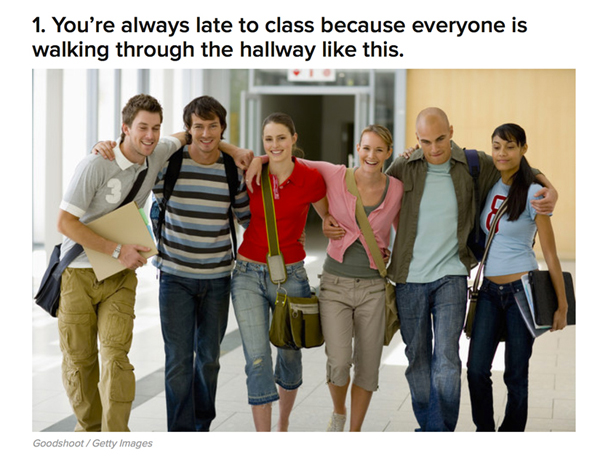

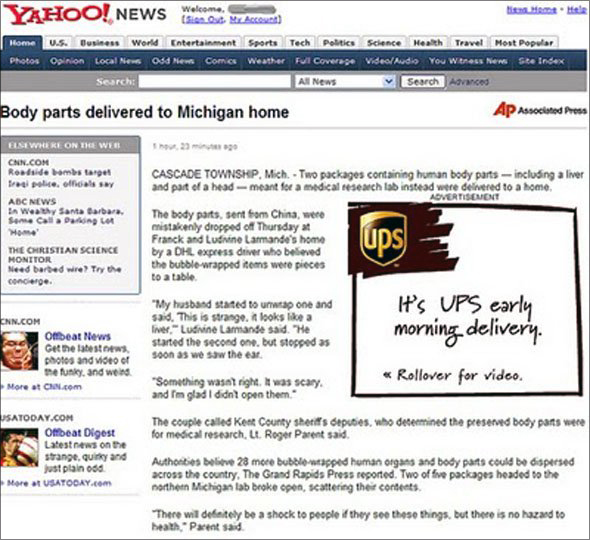
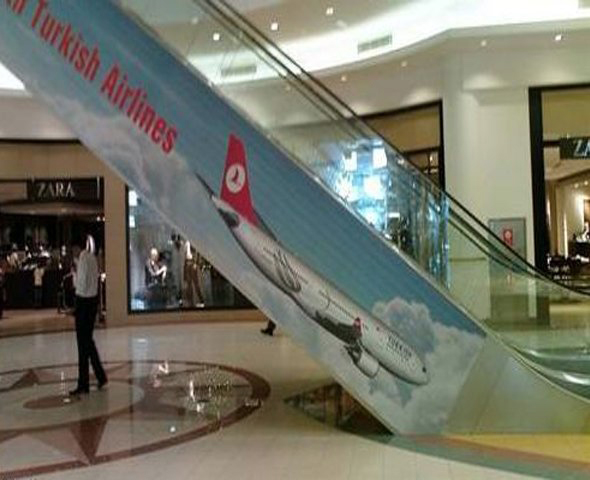
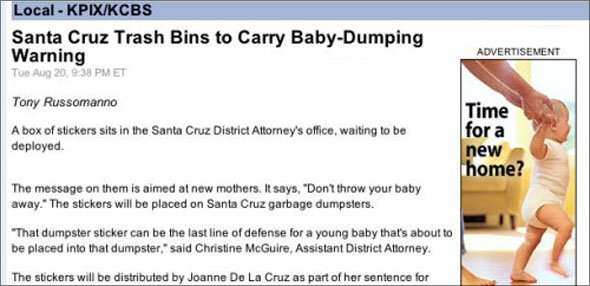
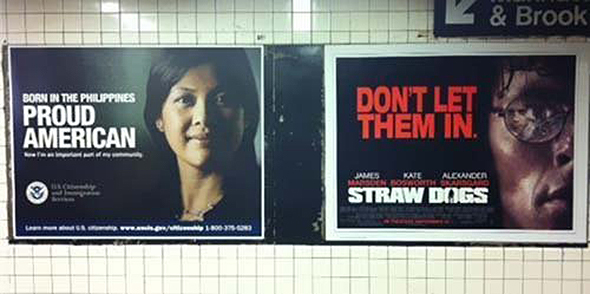
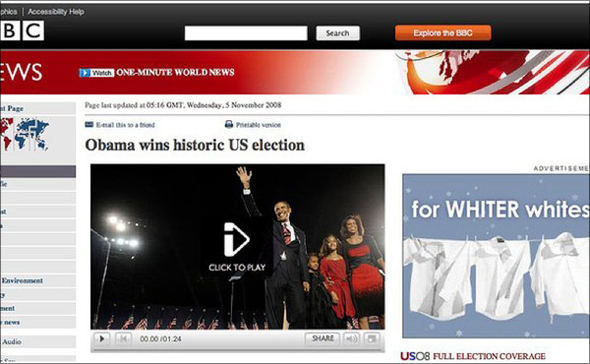
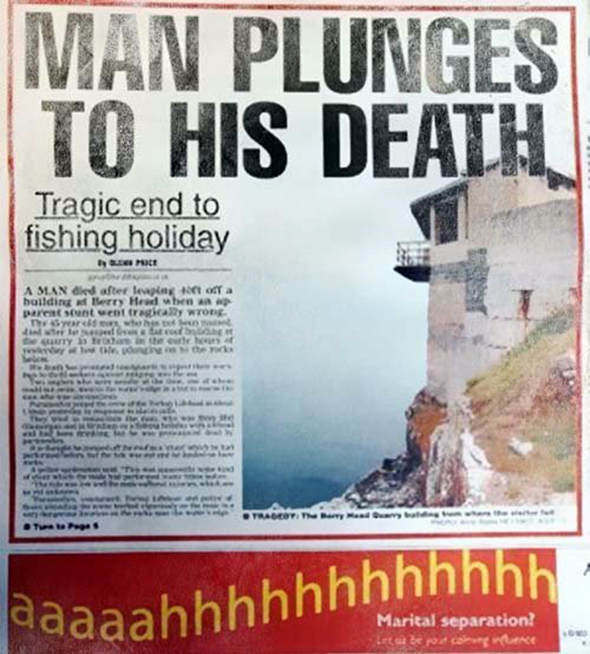
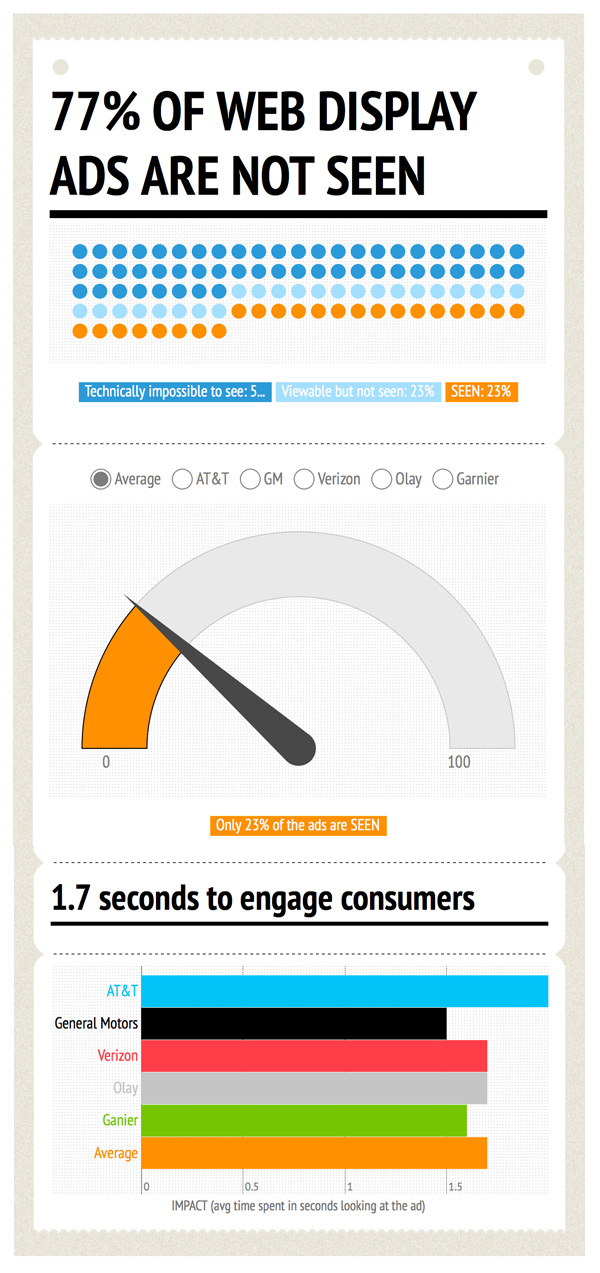
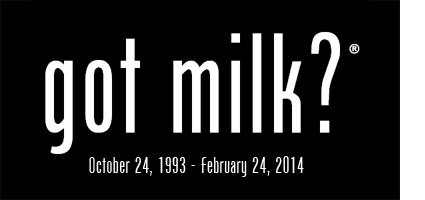 In October of 1993, the California Milk Processor Board launched a TV spot created by San Francisco’s Goodby, Silverstein & Partners – about a nerdy history buff who couldn’t enunciate the answer to a radio trivia question, Who killed Alexander Hamilton?, because his mouth was stuffed with a peanut butter sandwich and he didn’t have a glass of milk to wash it down. It was the first of many brilliant ads in what a whole lot of veterans in the ad biz regard as one of the greatest ad campaigns ever.
In October of 1993, the California Milk Processor Board launched a TV spot created by San Francisco’s Goodby, Silverstein & Partners – about a nerdy history buff who couldn’t enunciate the answer to a radio trivia question, Who killed Alexander Hamilton?, because his mouth was stuffed with a peanut butter sandwich and he didn’t have a glass of milk to wash it down. It was the first of many brilliant ads in what a whole lot of veterans in the ad biz regard as one of the greatest ad campaigns ever. Is the value of brands on the wane? Check out
Is the value of brands on the wane? Check out Sure enough, you can fool all of the people some of the time, and some of the people all of the time. But lipstick on a pig won’t save your bacon in a competitive arena. Neither will “past performance” without current continuation. Thus it has ever been.
Sure enough, you can fool all of the people some of the time, and some of the people all of the time. But lipstick on a pig won’t save your bacon in a competitive arena. Neither will “past performance” without current continuation. Thus it has ever been.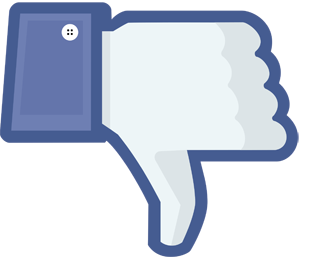 In
In 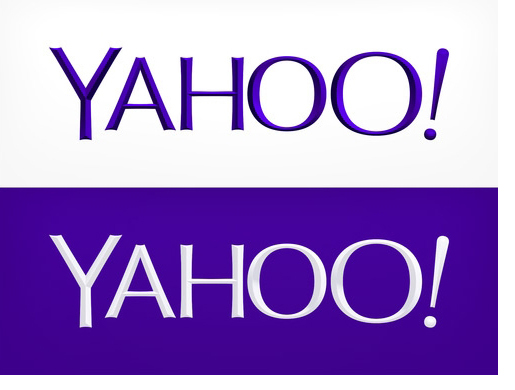 Parturient montes, nascetur ridiculus mus.
Parturient montes, nascetur ridiculus mus.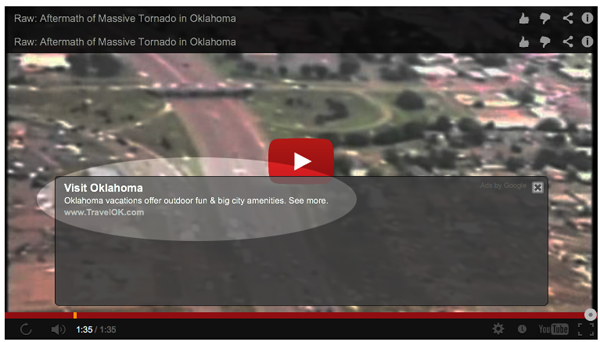
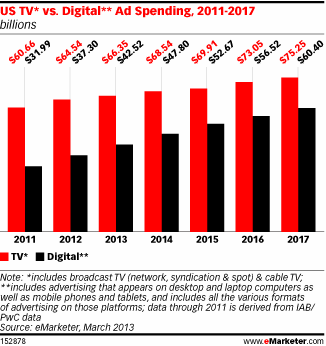
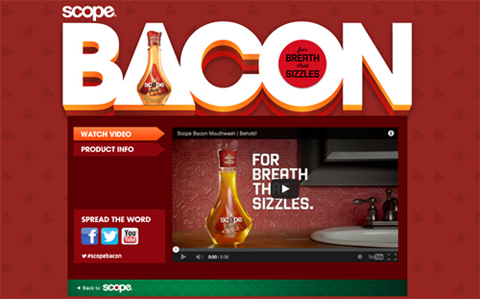
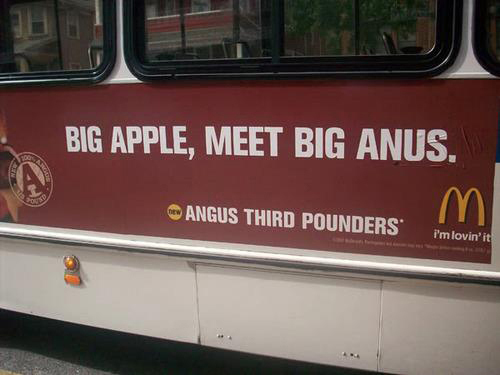
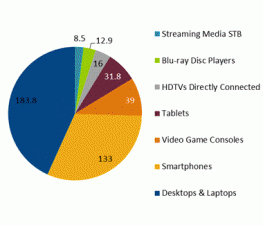 That’s right. If NPD’s survey-based estimate is correct, there are now 35% more computers, smart phones, tablets and game consoles in the U.S. than there are human beings.
That’s right. If NPD’s survey-based estimate is correct, there are now 35% more computers, smart phones, tablets and game consoles in the U.S. than there are human beings.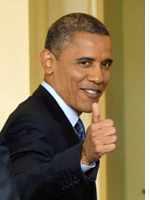 How did President Obama win reelection? In a recent New York Times OpEd – a must-read for marketeers of any political stripe – Richard Parker credits the Obama campaign’s brilliant, game-changing use of social media. Highlights:
How did President Obama win reelection? In a recent New York Times OpEd – a must-read for marketeers of any political stripe – Richard Parker credits the Obama campaign’s brilliant, game-changing use of social media. Highlights: